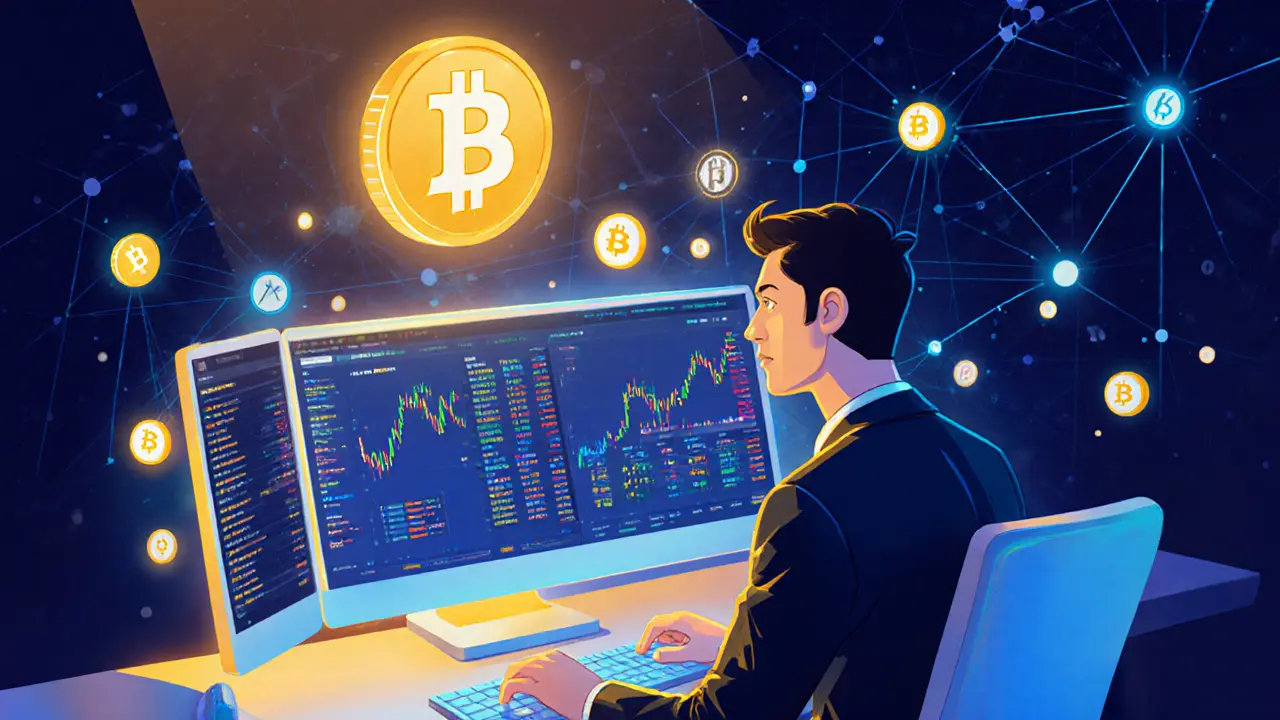Decentralized Perpetuals Exchange
When you hear Decentralized Perpetuals Exchange, a trading platform that offers unlimited‑duration derivatives without a central authority. Also known as decentralized perp exchange, it lets anyone trade with leverage while keeping custody of their funds, you’re actually stepping into a niche of modern finance that blends several key concepts. One of those concepts is Perpetual Contracts, derivative instruments that never expire and settle daily against an index price. Another is DeFi, the ecosystem of decentralized applications that replace traditional intermediaries with smart contracts. Together they enable traders to access margin trading without trusting a centralized broker, while liquidity providers earn fees by supplying capital to the pool. This trio—perpetual contracts, DeFi infrastructure, and margin exposure—forms the backbone of any decentralized perpetuals exchange, shaping how risk, price discovery, and funding rates interact.
How the Pieces Fit Together
At its core, a decentralized perpetuals exchange relies on an automated market maker (AMM) to price contracts. The AMM uses a funding rate mechanism that aligns the perpetual price with the underlying index, creating a feedback loop where long and short positions pay each other. This funding rate is directly tied to the amount of Liquidity Provision, capital supplied by users who earn a share of trading fees and funding payments. More liquidity means tighter spreads and lower slippage, which benefits both traders and providers. In practice, traders monitor the funding rate to decide when to open or close positions—positive rates favor shorts, negative rates favor longs. Meanwhile, DeFi protocols enforce settlement through smart contracts, ensuring that every trade is final and immutable, reducing counterparty risk dramatically.
Understanding these relationships helps you navigate the ecosystem effectively. If you’re new, start by studying how funding rates are calculated and how they reflect market sentiment. Next, explore the liquidity incentives offered by each platform—some projects mint native tokens to reward providers, while others rely solely on fee sharing. Finally, keep an eye on the broader DeFi landscape: governance decisions, protocol upgrades, and cross‑chain bridges can all impact the stability and profitability of a decentralized perpetuals exchange. Below you’ll find a curated collection of articles that break down legal considerations, token analyses, platform reviews, and practical tips—all aimed at giving you the confidence to trade, provide liquidity, or build on this fast‑evolving part of crypto finance.

